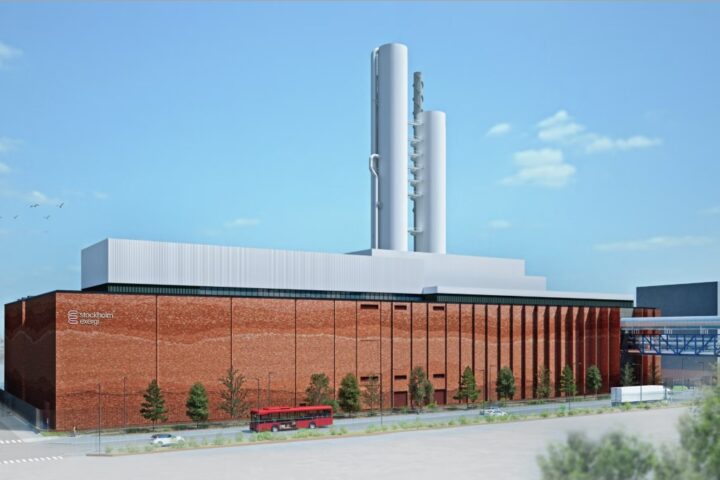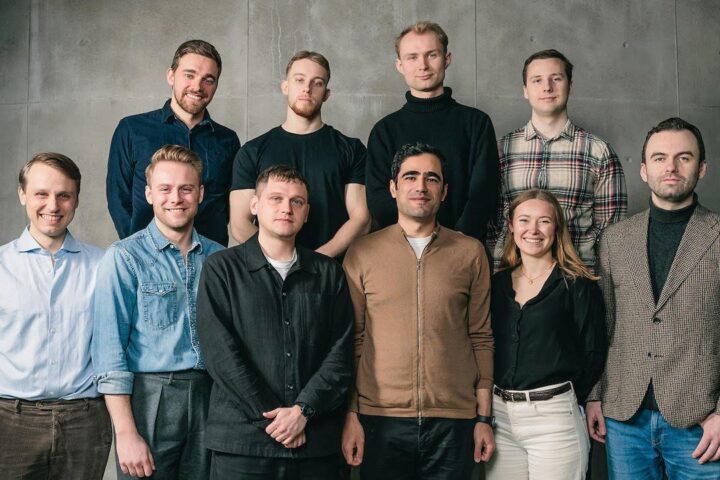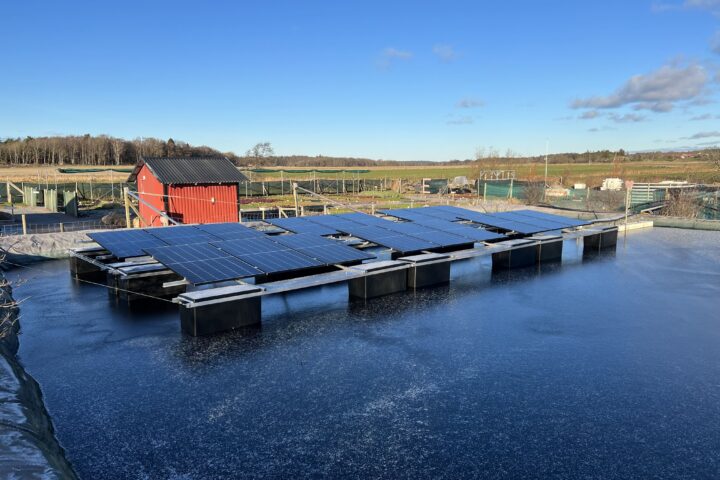Energy-related CO2 emissions keep rising internationally* and with increased urbanisation and electrification, this trend seems to continue. There are, however, innovative solutions that can help change this. In the town of Örebro, the housing company Öbo installed battery storage to balance the energy in their buildings, allowing for better energy efficiency and a more stable power grid.
As a part of the vision, Öbo started the project CODES (Control and Optimisation of Distributed Energy Storage) in 2016, where energy storage in batteries is tested. The project works to design, develop and test a cloud-based battery system to get better control over batteries in residential buildings. By using the philosophy and technology in the Öbo project, energy can be saved, and the energy usage is better controlled.
How it works
Öbo installed batteries at seven locations in Örebro, with a total capacity of 120 kW and 135 kWh of energy storage. This meant that Öbo could deliver power at roughly 200 kW to the buildings. In addition to the batteries, a control system was installed. The system made the batteries work as one single energy storage, even if the batteries were installed at different locations in the city. The system also collected relevant data regarding the health of the energy system.
The battery storage system allowed Öbo to move locally produced electricity in time and use it when the demand was larger. This included shaving of the peaks of power demand from the external grid, which benefitted the balance of the entire power grid. One of the main features of the system was that the entire building population was seen as a whole and treated as one system, instead of having different solutions for each building.
Positive effects of the system
In summary, the system led to a range of positive impacts:
- Better usage of energy – store and use when needed
- Better control of the health of the energy system
- Ability to shave load peaks
- Provide services to the national grid
- Better energy efficiency
- A more stable power grid
Companies involved
One of the companies supplying the batteries used was Nilar, also featured on the Swedish Cleantech website. By working with scientists at Stockholm University, Nilar has developed batteries that are long-lasting, recyclable, fireproof and produced in an environmentally conscious way. This saves money for the customer, at the same time as it has a smaller environmental impact.
Ferroamp, which Swedish Cleantech interviewed last year, is another company that supplied the project with their technology. Ferroamp offers advanced energy and power optimisation solutions for homes, real estate and industry. By collecting data from other components through their system EnergyHub, the energy flow between solar PV, energy storage and the utility grid are optimised.
Good results and payback
The investment proved more valuable than initially thought and ended up being even more versatile and provide more services than envisioned. As the system allows for selling services such as frequency stabilisation, the payback time was even shorter than expected.
The system has worked well at 120 kW and will be extended to allow for 200 kW of energy storage. There is no reason to believe that the system itself is not scalable well beyond that. As the problem of energy capacity continues to grow, battery storage in buildings can help change the entire energy sector and serve as a model both in Sweden and internationally.
Compiled by Energiforsk for the Swedish Smart Grid Forum, 2019
* https://www.iea.org/reports/global-energy-co2-status-report-2019/emissions



